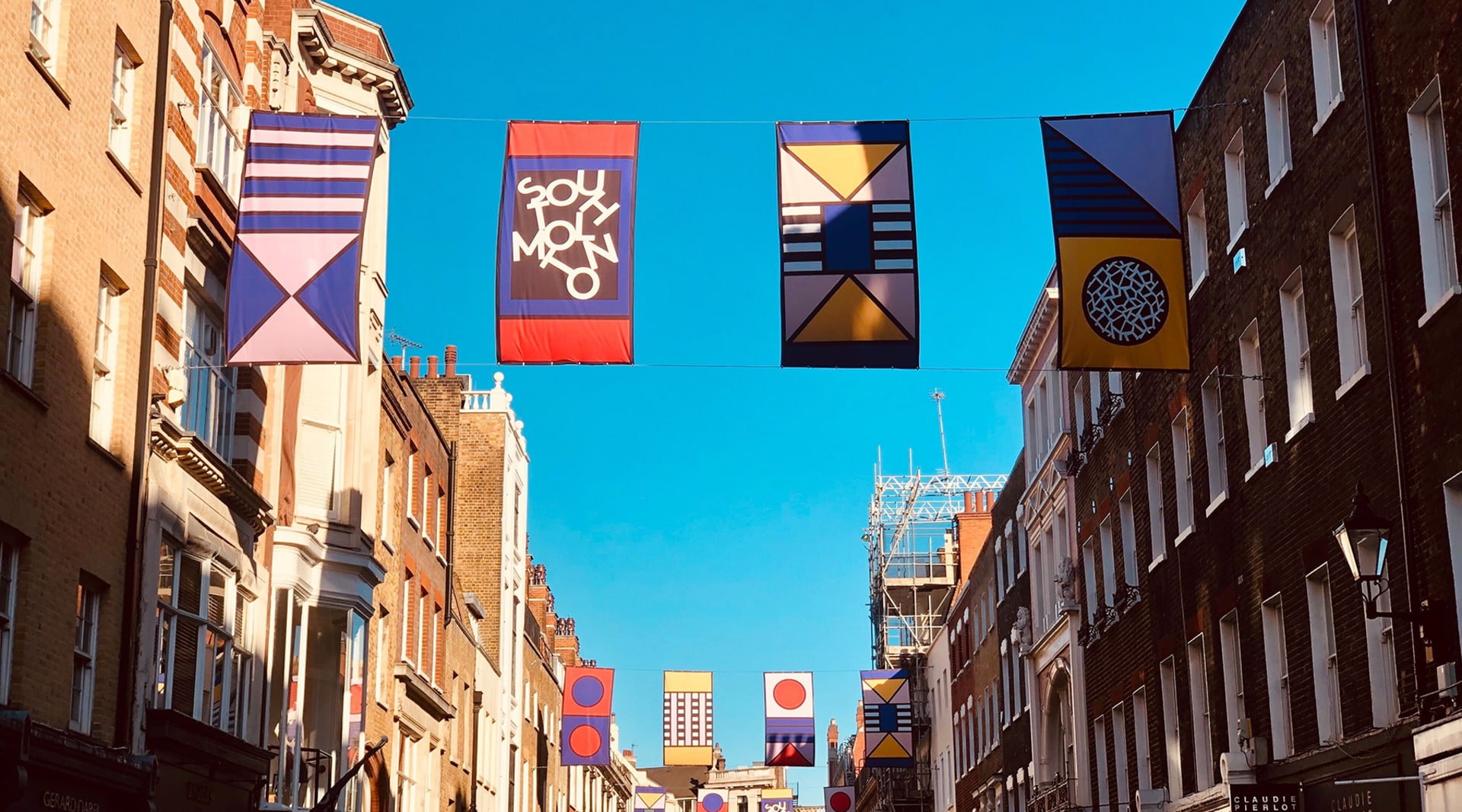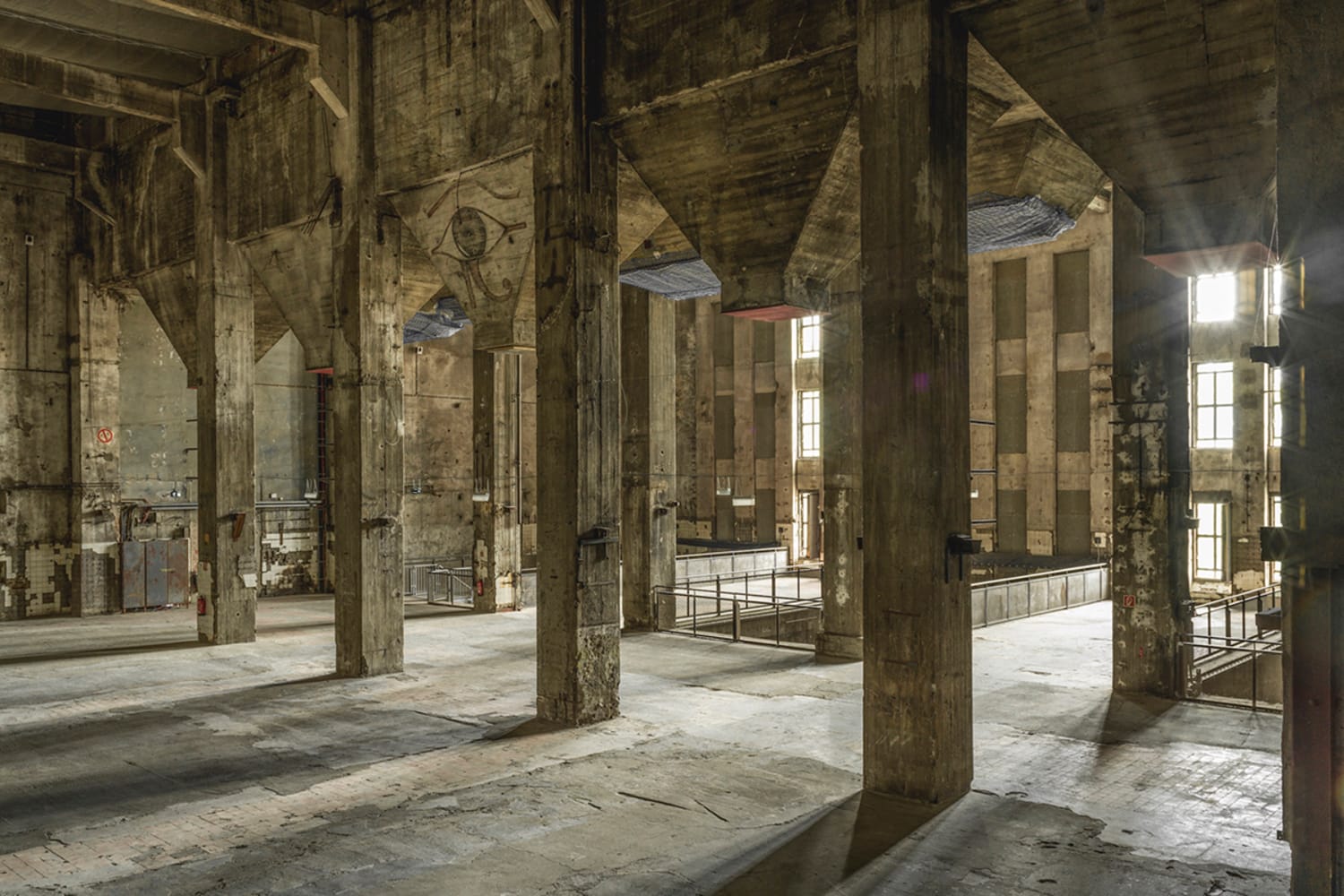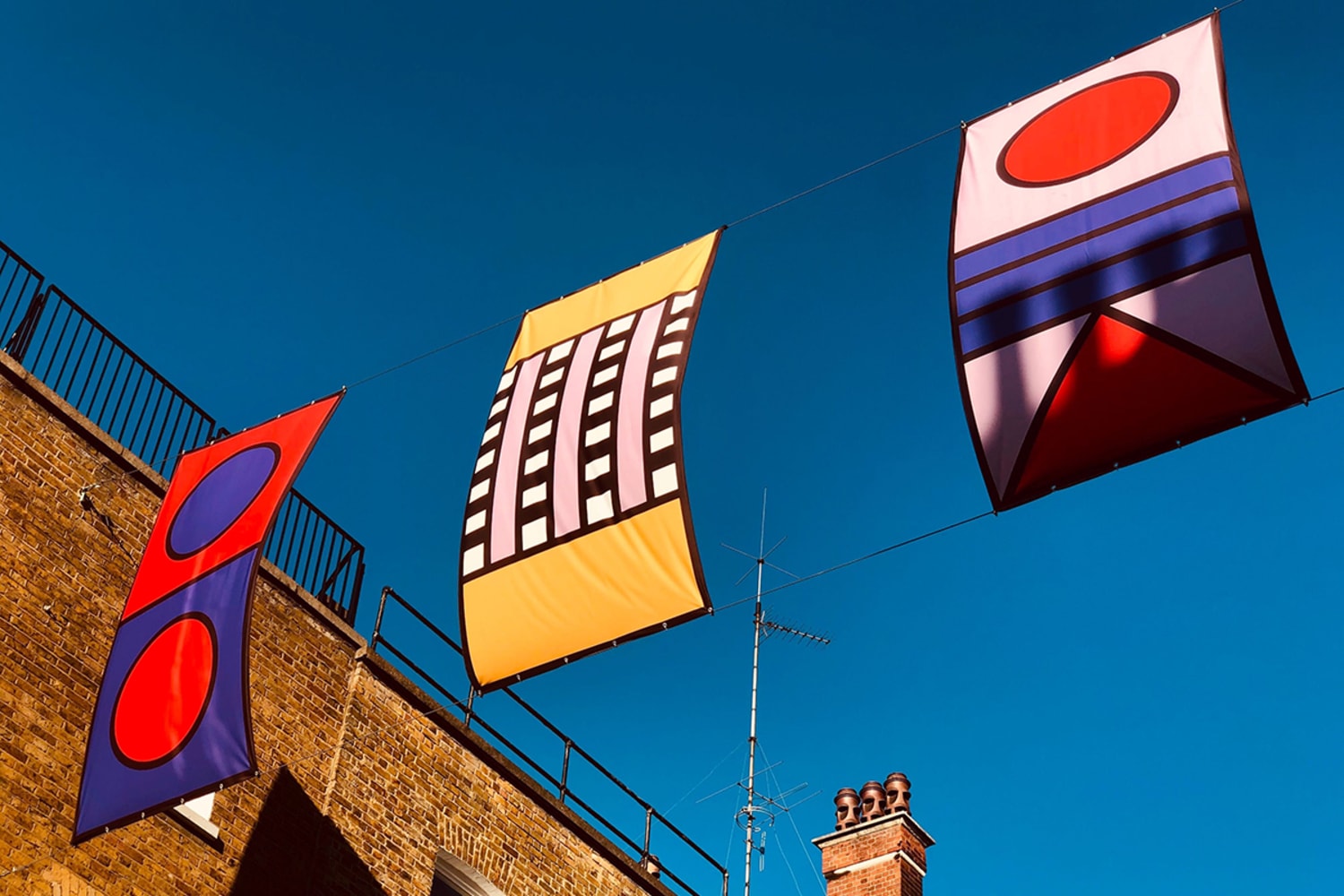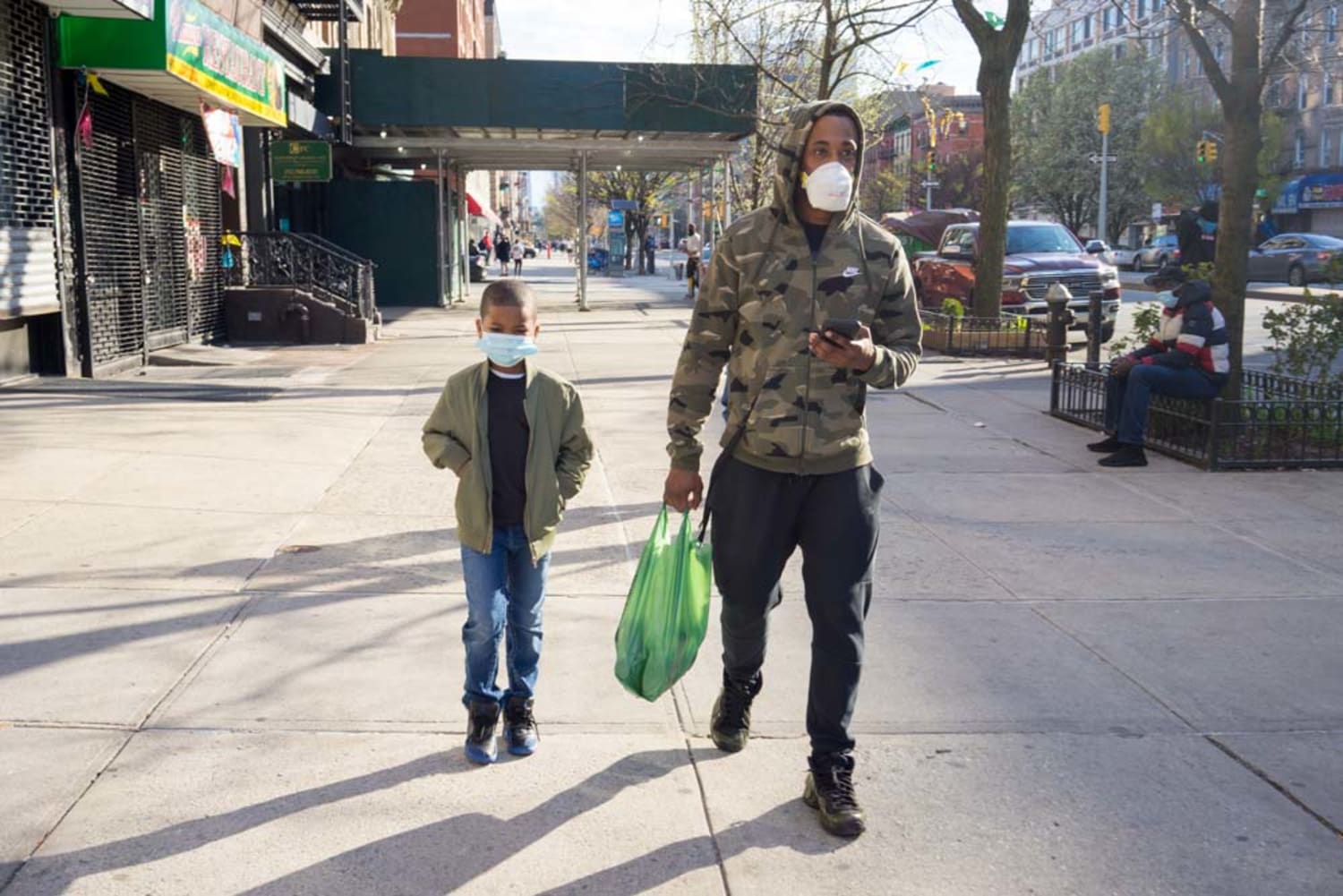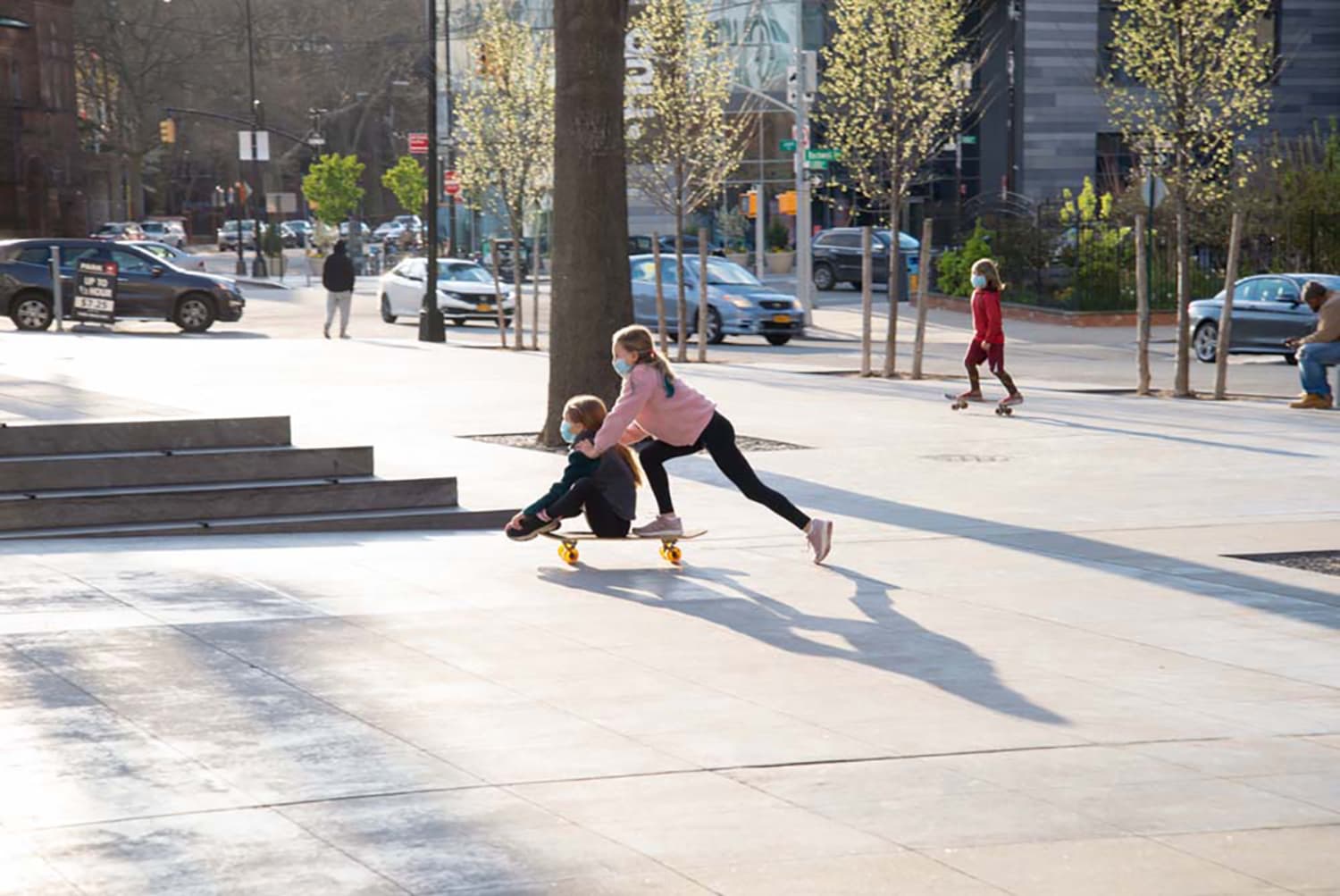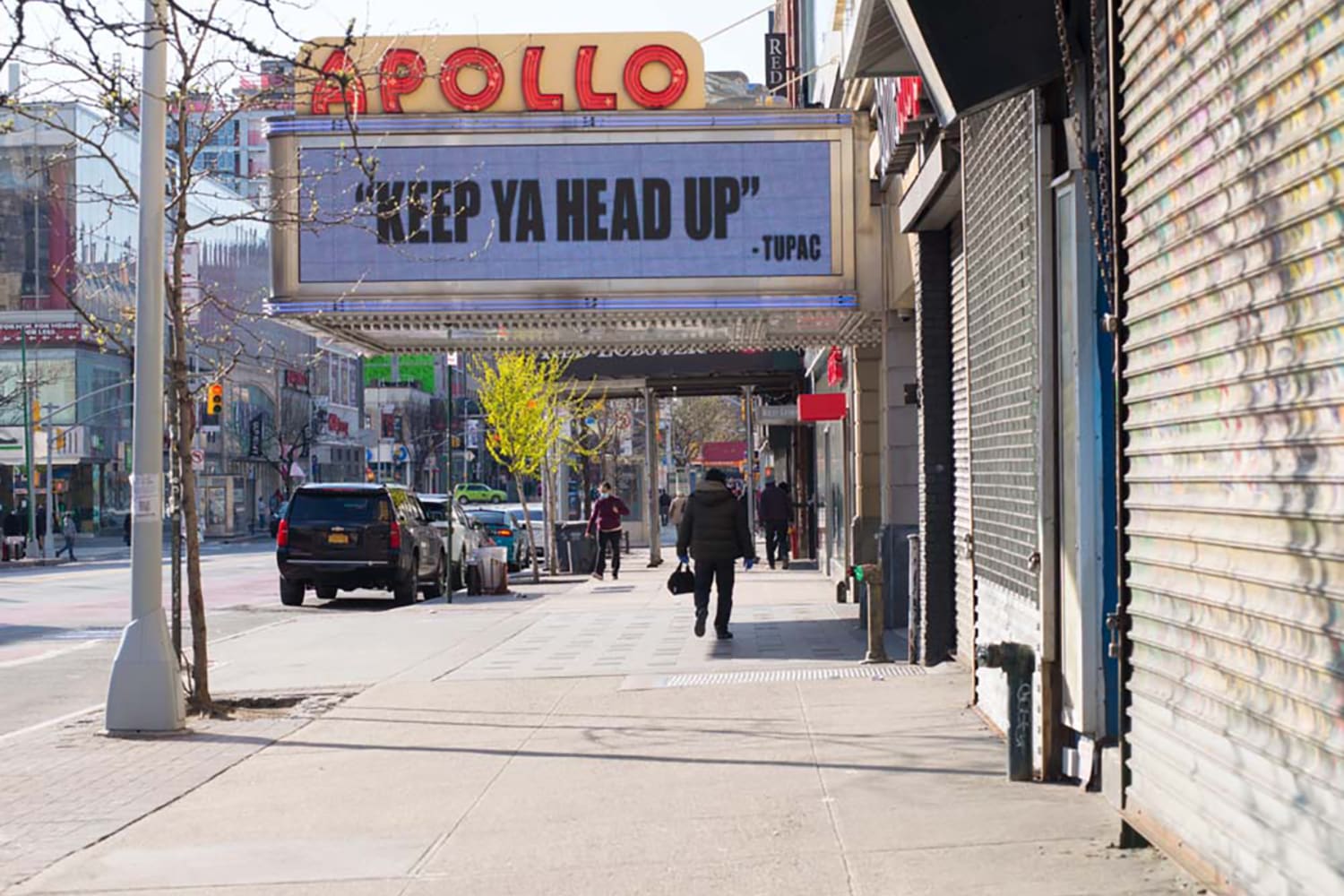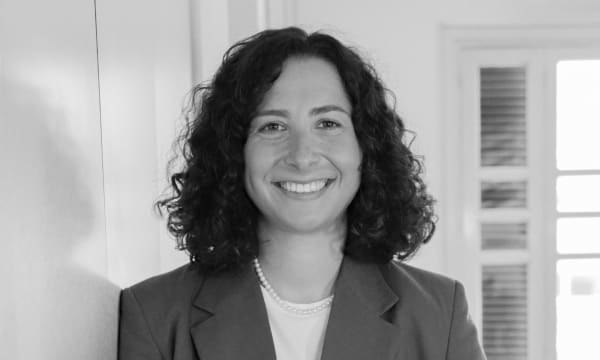You won’t find artists on any country’s list of essential workers. But art and music are providing a powerful balm for many after the toll of the last few months.
Around the world, museums, theatre, orchestra concerts and art shows have all gone dark in the pandemic. Art biennales from Glasgow to Gwangju have been postponed to 2021 or later. Now as the first museums and physical exhibits start to reopen, the arts are emerging in unexpected ways as a therapeutic tool, going from something highbrow to more grassroots service, done almost on the fly.
When the New York Philharmonic returned in late August for its first live concert since March, it did so from a pick-up truck at three unannounced spots in Brooklyn, kicking off a series of pop-up shows featuring chamber music and new works called the NY Phil Bandwagon.
As raindrops fell, minders held umbrellas over the musicians and their valuable instruments. The masked audience was undeterred.
“We’ve missed you!” one fan shouted, according to the New York Times.
